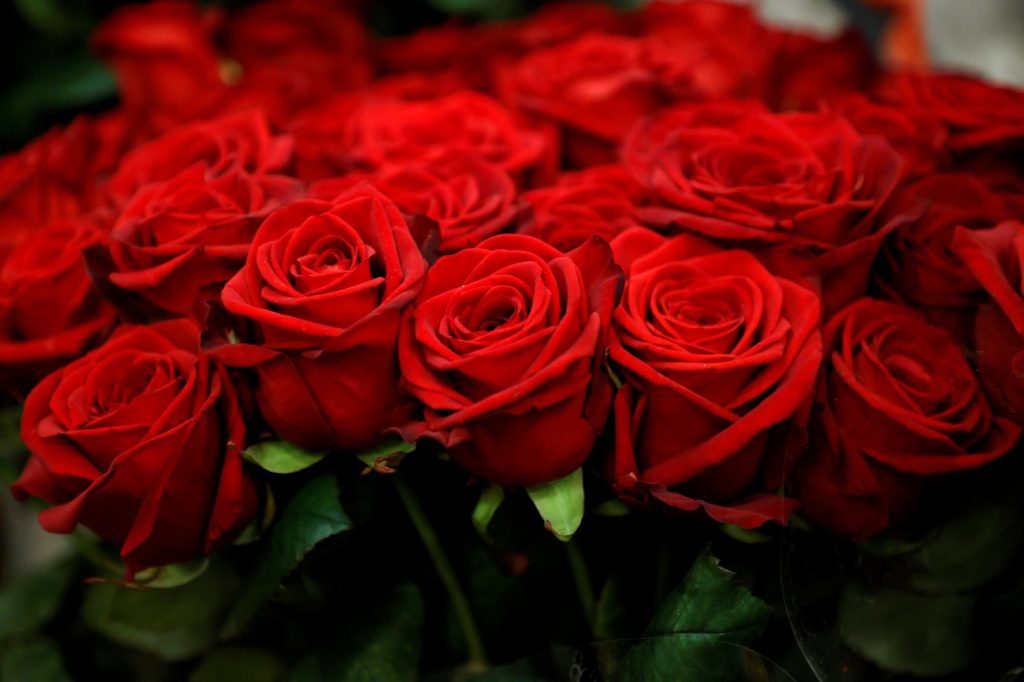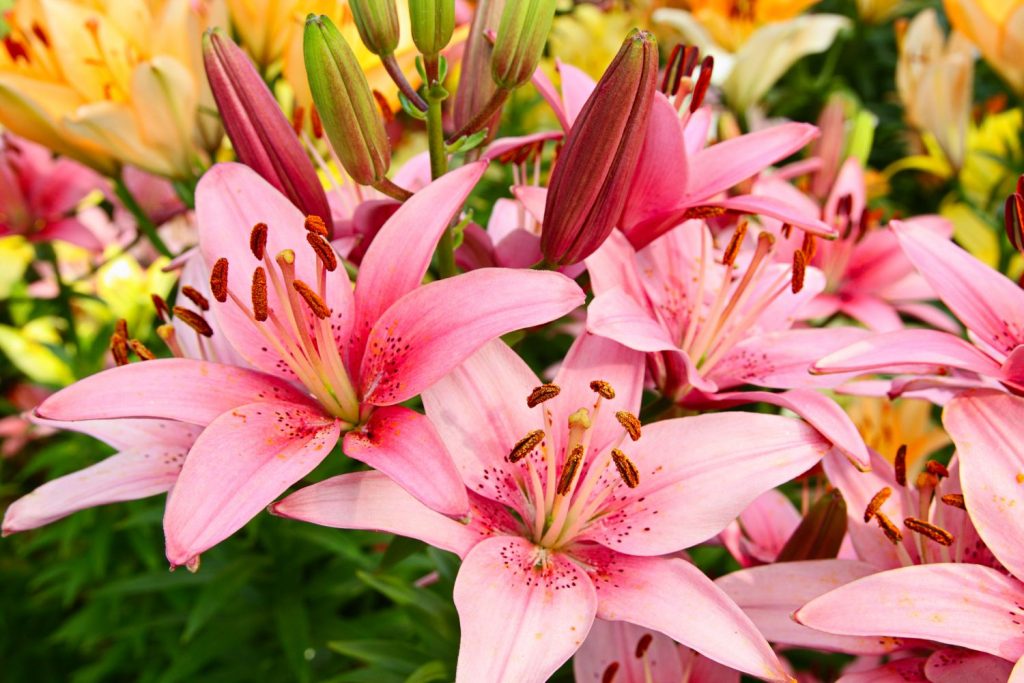Discover the hidden language of flowers, known as floriography, which dates back to the Victorian era—a time when the expression of emotions was often cryptic. This mysterious language allowed individuals to communicate emotions and messages through the symbolic use of various flowers and plants. Here’s a detailed exploration of floriography:
Origins and Height of Popularity:
Victorian Society:
The prime of floriography was within the reserved Victorian society, where overt emotional displays were frowned upon. Flowers hence became a discreet yet powerful means of communication.
Core Elements:
Emblematic Significance:
The unique symbolism assigned to different flowers and their hues is a cornerstone of floriography. For instance, the red rose is a universal emblem of love and desire, while its yellow counterpart tends to represent platonic affection or sometimes envy.
Bouquet Composition (Tussie-Mussies):
Tussie-mussies or nosegays were eloquent in Victorian floriography, and these thoughtfully composed bouquets could carry complex messages based on the flowers chosen.
Botanical Variety:
Beyond flowers, a plethora of herbs and other plants also held important meanings in floriography. Lavender for loyalty, or basil for good wishes, are such examples.
Floriographic Guides:
The Victorian era saw the publication of numerous floriography manuals, such as Kate Greenaway’s iconic “The Language of Flowers,” which combined detailed illustrations with the symbolic meanings of plants.
Illustrative Flower Semantics:
| Rose | Lily | Daisy | Violet | Tulip |
| Red: Love, Passion White: Purity, Innocence Yellow: Friendship, Jealousy | Calla Lily: Magnificent Beauty Tiger Lily: Wealth, Pride | Innocence, Simplicity | Blue: Faithfulness White: Modesty | Red: Declaration of Love Yellow: Hopeless Love |

Decline and Revival:
The popularity of floriography declined in the late 19th century as direct expression of emotions became more socially acceptable. However, there has been a renewed interest in recent times, with people rediscovering and appreciating the art of communicating through flowers.
Cultural Variations:
Different cultures have their own symbolic meanings for flowers. For example, cherry blossoms symbolize beauty and the transient nature of life in Japanese culture.
Modern Use:
Today, people still incorporate the language of flowers into events like weddings, where each flower in a bouquet may carry a specific sentiment. Florists and enthusiasts continue to explore and reinterpret the meanings of flowers.

Today, people still incorporate the language of flowers into events like weddings, where each flower in a bouquet may carry a specific sentiment. Florists and enthusiasts continue to explore and reinterpret the meanings of flowers.



